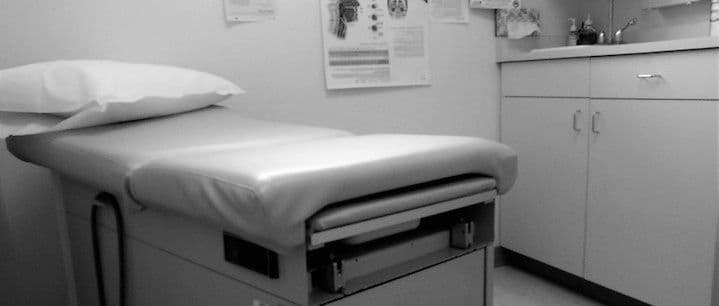Pap Papanicolaou Smear - Cervical Cancer Screening
Reproductive Health
Obie Editorial Team

A Pap test short for Papanicolaou test is a test done during a cervical or vaginal examination. After a speculum is introduced into the vagina, the cervix is visualized and cells of the cervix are scraped off and examined to check for precursors or actual cervical cancer. Results from the Pap test can either be normal or they can show other results.
Who needs a pap smear?
There are official recommendations supported by several organizations including ACOG about cervical cancer screening. During the first test, the patient may wish to bring a close family member to help ease anxiety; other women are completely comfortable with the test and require no additional support. The test takes only a few minutes and involves scraping cells from the cervix. The cells are sent to the lab where they are tested for cancer, pre-cancer, and other infections. If the cells are abnormal or cervical cancer is detected, the gynecologist will discuss further testing and treatment options with the patient.
Normal results
This shows that only normal cells were found and the Pap test is negative. No treatment is required but you should have a regular follow-up exam to make sure that the Pap test remains normal
Abnormal results OR "Positive" Pap Test
The Pap test is positive when abnormal cells are found. More often than not, you do not have cancer. But a positive Pap test means it needs to be checked further depending on the type of cells discovered in your Pap smear.
Atypical squamous cells of undetermined significance (ASCUS)
When there is ASCUS, the Pap smear reveals slightly abnormal squamous cells changes. These changes don't clearly suggest that precancerous cells are present but you need to be checked for the presence of viruses known to promote the development of cancer, such as some types of human papillomavirus (HPV).
- A negative test for these high-risk viruses means that the ASCUS is not of great concern but the Pap test should be repeated within a year to follow-up.
- A positive test for these high-risk viruses means that further testing must be done to make sure there are no problems.
Squamous intraepithelial lesion
A squamous intraepithelial lesion means that the cells collected from the Pap smear may be precancerous.
Grade of cells
- If the squamous cell changes are low grade, based on the size, shape, and other characteristics of the cells there could be a precancerous lesion present. These lesions are likely years away from becoming cancer.
- If, however, the changes are high grade, then there is a greater chance that the lesion may develop into cancer much sooner and more testing is necessary.
Atypical glandular cells
Glandular cells produce mucus and grow in the opening of your cervix and within your uterus. Atypical glandular cells may appear to be slightly abnormal, but it's unclear whether they're cancerous. Further testing is needed to determine the source of the abnormal cells and their significance.
Squamous cell cancer or adenocarcinoma cells
This result means almost certainly that cervical cancer or other cancers are present.
- "Squamous cell cancer" refers to cancers arising in the flat surface cells of the vagina or cervix.
- "Adenocarcinoma" refers to cancers arising in glandular cells.
When cancer is found on the Pap smear further testing is necessary to find out more about the diagnosis. In a procedure called colposcopy, a colposcope which is a magnifying instrument to examine the tissues of the cervix, vagina, and vulva is used to identify the abnormal cells, and usually, a tissue sample (biopsy) is taken from any areas that appear abnormal. The tissue sample is then sent to a laboratory for analysis and a definitive diagnosis.
Read More









